Ensenada sure knows how to throw a party. The annual Paella Contest at Viña de Liceaga once again proved it, …


Ensenada sure knows how to throw a party. The annual Paella Contest at Viña de Liceaga once again proved it, …
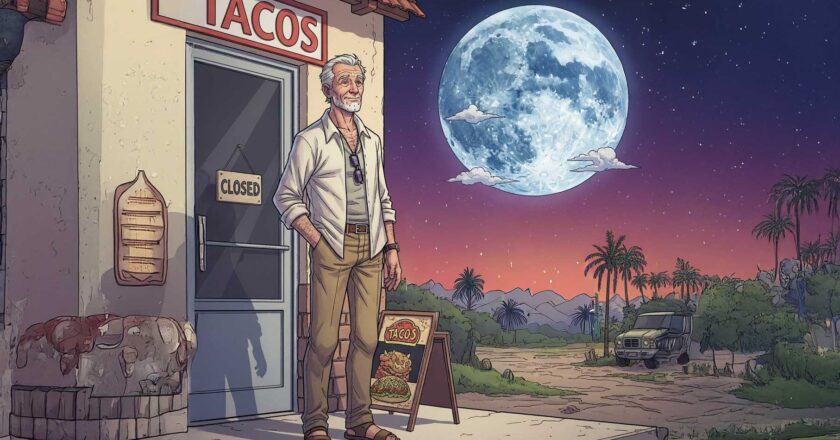
What Mexico Has Taught Me: Pure Horror!!! I’m on a short leash. I’m helping a friend who is in terrible …
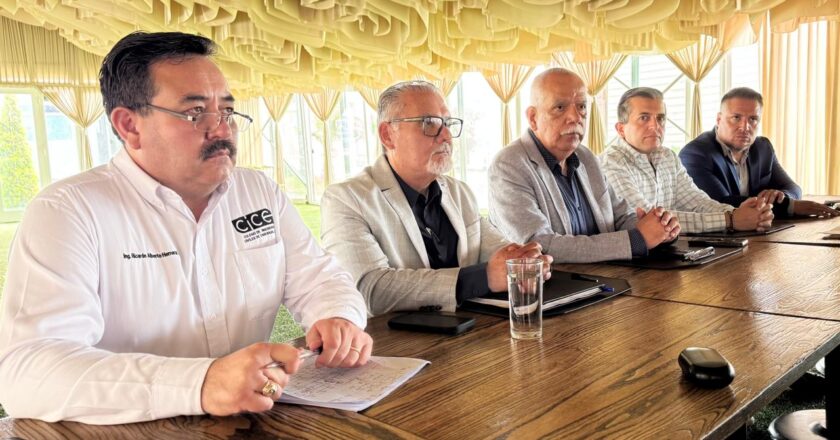
Rosarito’s dry promise might finally pour On Friday, August 22, Baja California’s Secretary of Water, Víctor Daniel Amador Barragán, met …
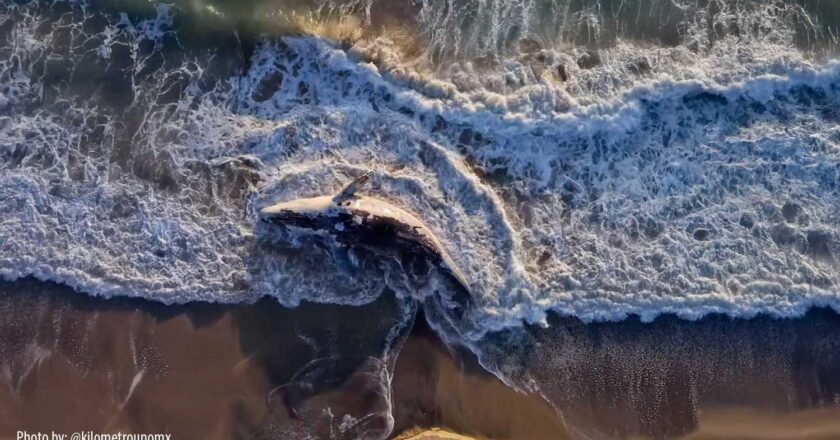
Beachgoers in Playas de Tijuana got more than just sand in their shoes this week—they got a front-row seat to …
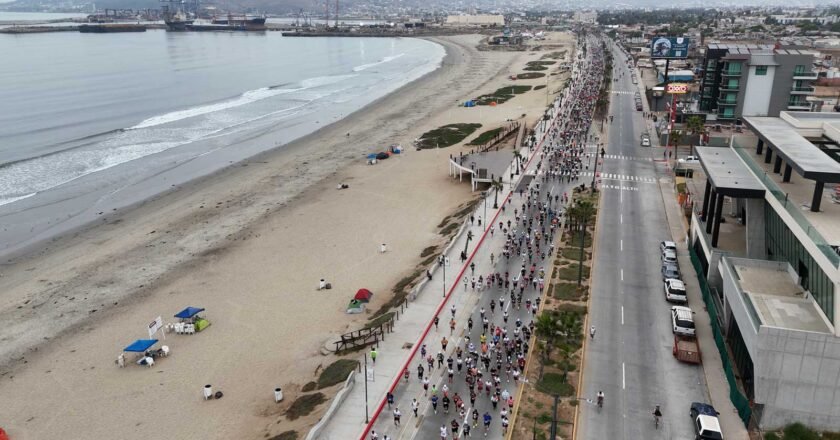
Ensenada doesn’t just make wine and fish tacos. We also know how to host a serious race with a not-so-serious …

More than 4,000 people showed up, and not one of them regretted it. The 33rd Verbena de Santo Tomás wasn’t …
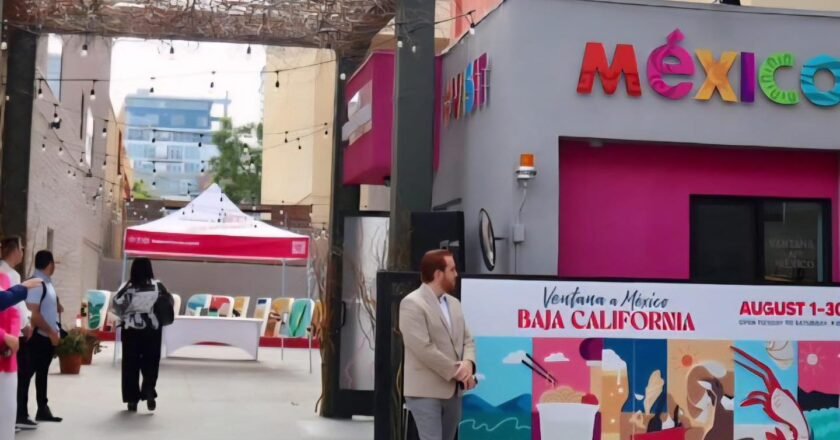
If Baja California wants Californians to cross the border, it’s meeting them halfway—on India Street. This month, the Mexican Consulate …

A Big Win for East Tijuana Tijuana’s East Side just scored a major upgrade: City Express by Marriott El Florido …

Tired of hearing that only influencers can afford to “live their best life”? So is Baja California’s government. In a …

BY THE UNKNOWN GRINGO Erle Stanley Gardner wrote in one of his books on Baja, Hunting the Desert Whale, that …